Emmanuel Raheb shares tips on how a jeweler’s showcases, marketing, and social media presence can whisper, instead of shout.
Lessons Learned from the Fire on Chicago’s Jewelers Row
One year after a fire ripped through the Mallers Building, Editor-in-Chief Michelle Graff catches up with Jewelers Mutual to talk takeaways from the three-alarm blaze.

In the early-morning hours of April 25, 2018, fire tore through the fourth floor of the Mallers Building in Chicago, the 107-year-old structure that houses the Jewelers Center and is the centerpiece of Jewelers Row, akin to the 580 5th Ave. building in the Diamond District here in New York. 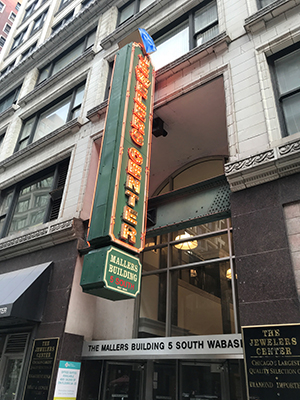
Jewelers Mutual Director of Claims Don Elliot described the Mallers Building specifically as a “little eco-system,” as many of the pieces that enter or are created there get passed from tenant to tenant based on expertise.
This camaraderie remained after the fire, as the occupants helped each other out in the wake of the blaze that destroyed the work areas of more than 40 of the 180-plus jewelry professionals who occupy the building.
On March 6 in Chicago, as the one-year anniversary of the fire approached, a group including Jewelers Mutual executives, retailers and officials from the Chicago Fire Department gathered at the post-fire renovated building to lay out lessons learned.
Following the panel discussion, I caught up with Elliott and John Ganga, senior claims examiner, to talk about their takeaways.
Everyone Worked Together
“It’s cliché,” Ganga said, “but when the worst happens, it really does bring out the best in people. All these guys really worked together.”
The Jewelers Center occupants who did not suffer a lot of damage willingly shared their spaces with others, particularly with the tenants of the fourth floor, which Elliot described as “really devastated.” 
Though the situation in Chicago went as smoothly as possible, with both the landlord and the tenants cooperating, one takeaway from the three-alarm blaze is this: Jewelry businesses need to have an alternative site in mind should their stores or work spaces become
“Most of the time, people don’t think they’re going to have to relocate their business for weeks or months,” he said.
But it happens, whether because of a fire, natural disaster or some other unforeseen event.
Owners need to be able to answer the question: If something happens to your business, where are you going to go?
‘They Call Them Safes for a Reason’
Though early media reports indicated the cause of the fire was believed to be electrical, Ganga and Elliot said ultimately it was undetermined. (A spokesperson for the Chicago Fire Department did not return my call for comment by press time.)

The damage was extensive, and anything that might have provided a clue to the fire’s cause was obliterated.
“Whatever was in [the path of the fire],” Ganga said, “literally burned to ashes.”
Or it was washed away when Chicago firefighters blasted the building with water to extinguish the blaze or rendered unusable by flames topping 1,500 degrees F.
According to “Diamonds” by Eric Burton, a book in the library of the Gemological Institute of America, diamond, the hardest substance on earth, can withstand more heat than any other gemstone, but even it begins to burn and convert to carbon monoxide and dioxide when air temperatures reach 1,290-1,650 degrees Fahrenheit.
Sterling silver (melt temperature of 1,640 degrees F) and 10-, 14-, or 18-karat gold (about 1,700 degrees F) would not have been destroyed, said United Precious Metals Refining Vice President of Sales & Marketing Dave Siminski, but “just turned … into a blob.” (Platinum and palladium, which have melt temperatures of 2,831 degrees F and higher, would have fared better.)

“They call them safes for a reason,” he said.
The sparing of merchandise in the Chicago Jewelers Row fire underscores the importance of putting everything away in your safe at night, a point Jewelers’ Security Alliance President John J. Kennedy makes regularly for security reasons.
All safes are rated differently. What Jewelers Mutual recommends are safes with an Underwriters Laboratory burglary-resistant rating of UL TRTL 15x6 and above.
That is a safe that is torch- and tool-resistant on all six sides.
Safe Space
In addition to temporary spaces, impacted jewelers also needed temporary safes.
The building’s elevators remained shut down for some time after the fire. That included the freight elevators, which meant, Ganga pointed out, that if you had a safe on the fourth floor that had survived the fire, you still had a problem.
Without an elevator, there was no way of moving the 1,500-pound-plus piece of equipment to a non-damaged part of the building.
For reasons that neither Ganga nor Elliot can fully explain, all the local safe companies were completely out of stock or, as Ganga put it, “There were no safes to be had in Chicago.”
Jewelers Mutual had to have rental safes trucked in from Las Vegas, some of which remained in Chicago, either with jewelers who bought them or the in-need-of-stock safe companies, while a few stragglers were returned to Las Vegas.
Final Tips
Officials from the Chicago Fire Department present at the Jewelers Mutual panel offered a few tips as well, most of which seem like standard, common-sense advice.
Have a functioning smoke detector in your store or work space, and have an evacuation plan detailing various escape routes and a meeting point where you can gather to make sure everyone is accounted for.
Jewelers Mutual said jewelers need to make sure they are ensured to value, which most are, Ganga said, and also need to back up records and other critical data in an off-site location. He recommended backing up data every quarter, if not every month.
Elliot said it’s also a good idea to keep a list of your contacts for companies that supply services or products unique to your business, like showcases, shatter-proof glass, alarm systems, etc., off-site too so it’s accessible in the event of an emergency.
The Latest
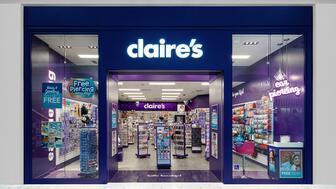
The private equity firm has a plan to revive the mall staple.
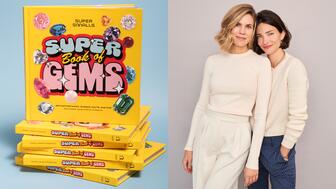
The “Super Book of Gems” dives into the Mohs Hardness Scale, the Four C’s, and designs from jewelers like Cartier and Bulgari.

With their unmatched services and low fees, reDollar.com is challenging some big names in the online consignment world.

Claudio Pasta will take the lead at the Italian fine jewelry brand, succeeding company founder Licia Mattioli.


The new lab-grown diamond jewelry offering is the latest expansion of the designer’s “Bliss” collection.

The miner is honoring the end of an era with an offering of 52 lots from the now-closed Argyle and the soon-to-close Diavik mines.
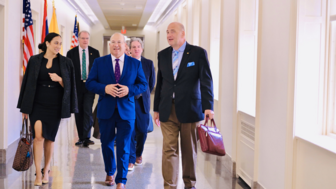
Jewelers of America is leading the charge to protect the industry amidst rising economic threats.

The California-based fine jewelry brand will retain its identity post-acquisition, with new collections launching next year.
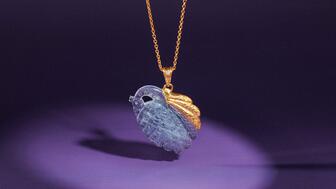
The “Untamed” collection centers on carved gemstone jewelry depicting a range of animals embodying one of the four elemental forces.
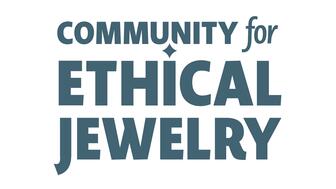
Founded in 2004, the organization is now called the Community for Ethical Jewelry.

The trendy earrings feature asymmetrical drops, one with a grossular garnet and the other with a diamond.

Four social media marketing experts discuss their go-to methods and favorite tools for making high-quality short-form video content.
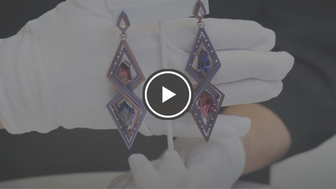
Sponsored by American Gem Trade Association

In its holiday report, PwC said the season will be more like jazz—improvisational and less predictable—than an easy-to-follow melody.

The jewelry giant will relocate its existing facility to a larger space in Anne Arundel.

The designer, who is the creative force behind her namesake brand, has now started a new mini line focusing on chains for fathers and sons.

The awards include tuition for a course at the Swiss lab, economy flights, and hotel accommodation.

The 21-day program was designed to help jewelry retailers identify opportunities and eliminate inefficiencies with AI.
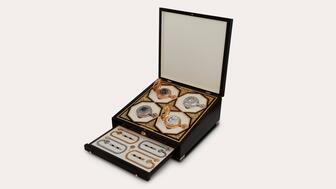
A set of four Patek Philippe “Star Caliber 2000” pocket watches is part of Sotheby’s upcoming auction in Abu Dhabi.

The Brazilian jeweler’s latest book marks her namesake brand’s 25th anniversary and tells the tale of her worldwide collaborations.
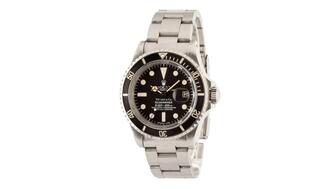
The Submariner Ref. 1680 with a Tiffany & Co. dial came from the original owner, who won it as a prize on the game show in the 1970s.
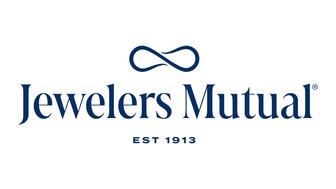
The new integration allows users to manage shipments directly from the Shopify dashboard.

Six people were shot last week at an Oakland cash-for-gold shop as employees exchanged gunfire with individuals trying to rob the store.

The jeweler has expanded its high jewelry offering, which launched last year, with new pieces featuring its cube motif that debuted in 1999.

Ben Bridge Jeweler and Lux Bond & Green were a part of the pilot program.

Associate Editor Natalie Francisco shares eight of her favorite jewelry looks from the 77th annual Primetime Emmy Awards, held Sunday night.




























